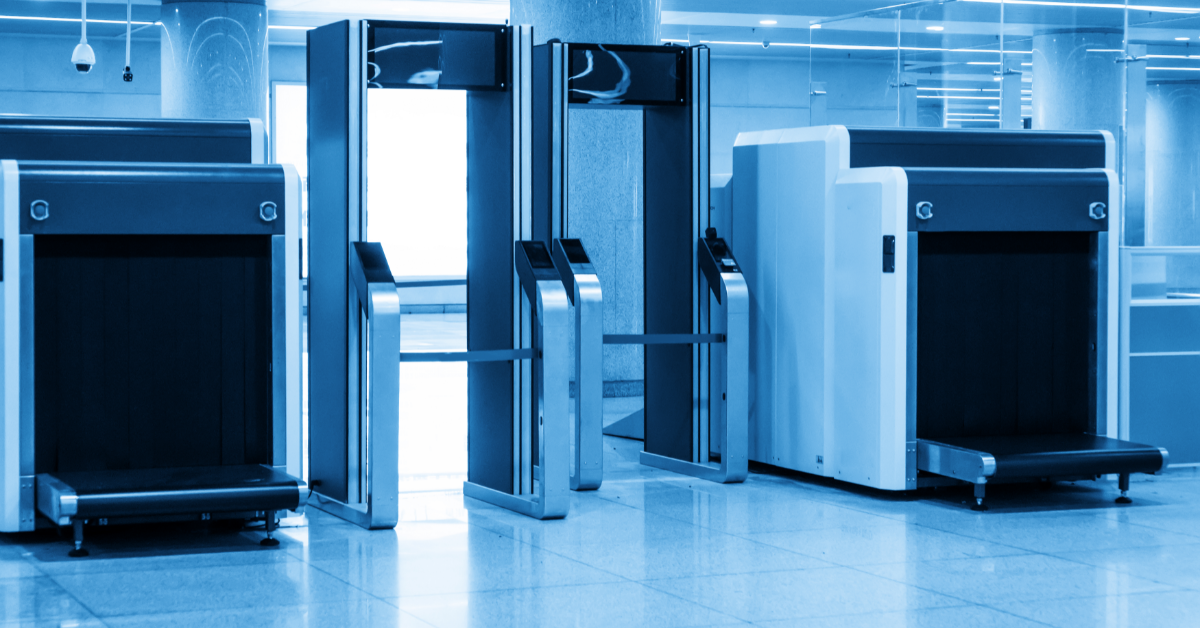


A few years ago, while listening to an enlightening podcast featuring Joe Coll, an industry asset protection specialist from Macy’s, I was captivated by the discussion surrounding the evolution of their store exits. Macy’s had transitioned from relying on alarming-only technology to deploying smart exits, which combined Electronic Article Surveillance (EAS) for alarming, Radio Frequency Identification (RFID) for data and video surveillance. This innovative approach allowed the retailer to effectively “screen their customers” in real time as they left the store, a concept that Coll likened to “bringing TSA to the exits of every one of their stores.”
Fast forward to today, and it’s evident that in-store retail shopping is approaching a tipping point. NRF’s National Retail Security Survey found that retailers lost an estimated $94.5 billion nationwide to shrink in 2021 alone, and 70% of retailers believe organized retail crime has become a more prevalent threat over the last five years. A surge in brazen retail store theft events occurring nationwide is challenging the convenience of shopping in physical stores. To combat this, retailers have resorted to locking up items behind glass casings or discontinuing certain products. Many are still struggling to find ways to make stores feel safer – for both employees and shoppers.
This situation reminds me of the way air travel transformed after the events of 9/11. Prior to that tragic day, getting to your gate at the airport was a relatively smooth process. However, post-9/11, security measures at airports underwent a radical overhaul, changing the entire travel experience. Passengers had to arrive much earlier to navigate long security lines and could no longer store liquids in carry-ons. And if they wanted to expedite the process, they would need to obtain additional security clearances like TSA PreCheck.
So, when will the retail industry reach its tipping point and reimagine the checkout process? Currently, the point-of-sale (POS) area is riddled with friction points, still reliant on traditional 1974-era barcode scanning and plagued by long lines.
RELATED READ: The Retail Inventory Dilemma: 7 Reasons Why Real-Time Visibility Is a Necessity
As I ponder the ways retailers can secure their exits and minimize store theft while keeping all products accessible for sale, a few concepts come to mind:
In the United States, we’ve adapted and evolved to accommodate added security measures at airports, sporting events, concerts and even highway toll booths. It’s time for the retail community to embark on a similar journey of reimagining the shopping experience. We can create an environment where customers can freely explore stores while maintaining a secure checkout process. As the world changes, so must our approach to retail.